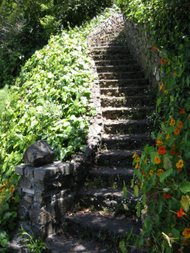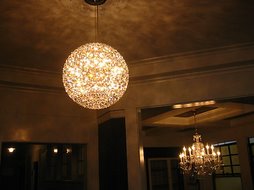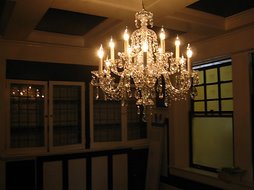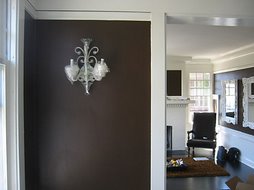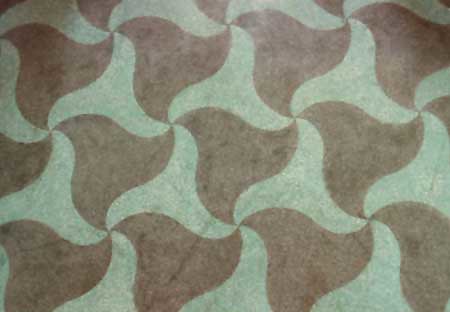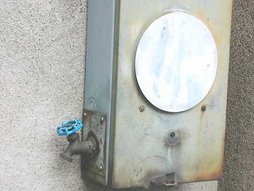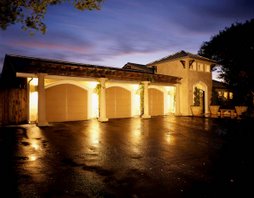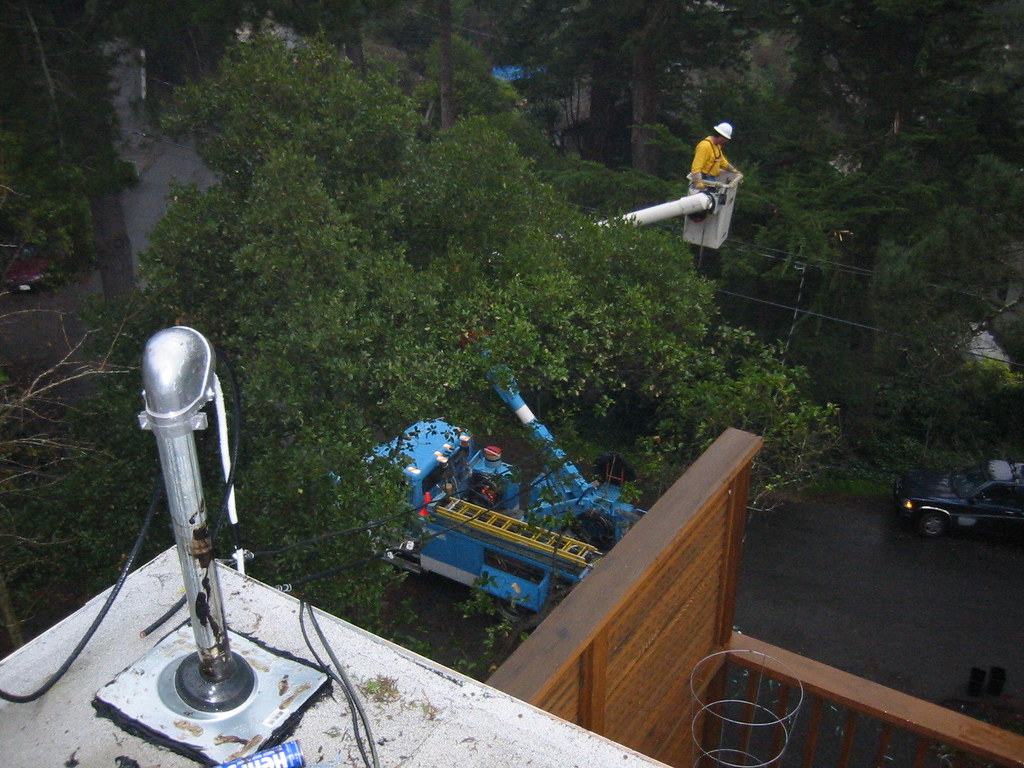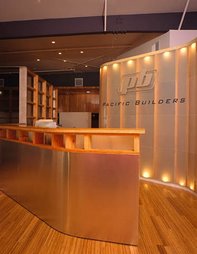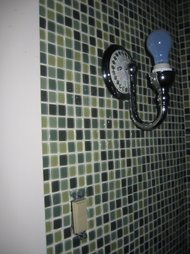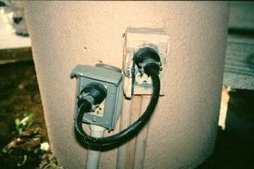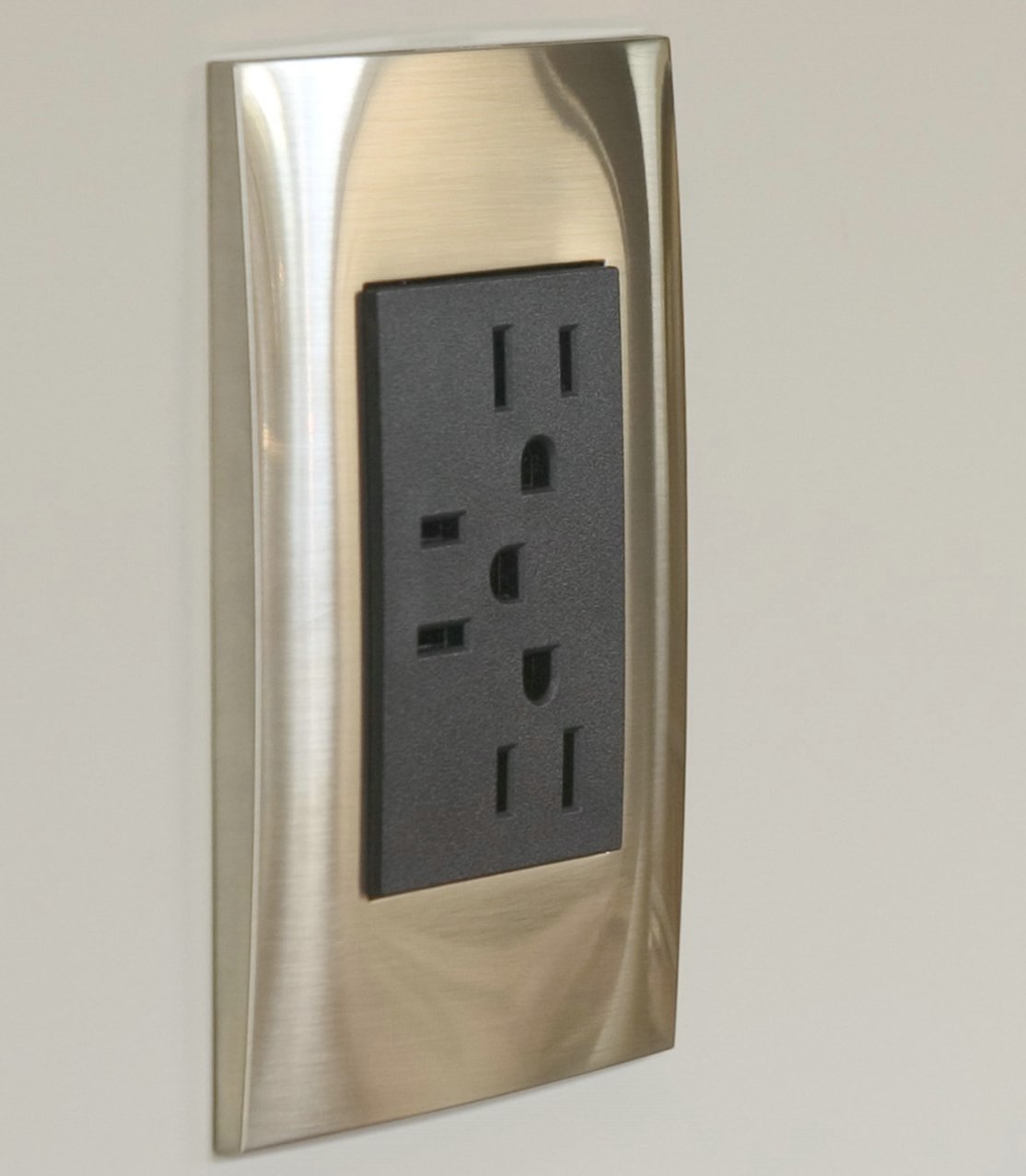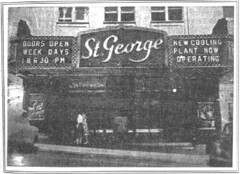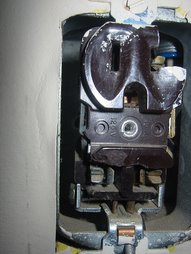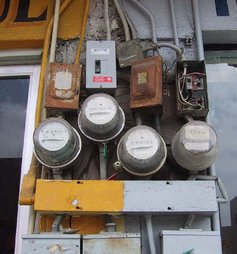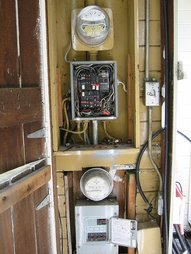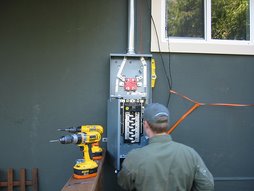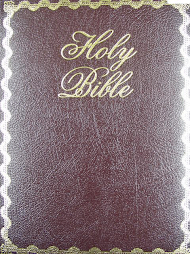When installed correctly knob and tube wiring was, in some ways, superior to current wiring practices. Unfortunately, this system is rarely intact after 80 or so years of use. Things that happen well after the original installation can cause major problems. Also K&T can be the cause of enormous EMF fields thoughout the house. Rewiring a house can take weeks and cost thousands of dollars, but unsafe wiring can cause fires, complicate estate transactions, and make insurers skittish.
Basically there are two ways to replace knob and tube wiring. The first method is to waste no time trying to preserve walls or ceilings and run the wires in the fastest and shortest route. After the electrical wiring is installed and inspected, the walls need to be repaired. The cost for this type of electrical work is lower and it's completed faster.
Although you will save on electrical costs, you need to factor in the cost of repairing and repainting the walls and ceilings. In San Francisco there is always the issue of LEAD PAINT and ASBESTOS.
Remember there will also be a lot of inconvenience due to dust and dirt. The second method is much slower and cleaner and involves looking for ways to fish the wiring through the walls and ceilings. Because this process is so time-consuming you will pay more for the electrician's time. The up side is that you'll have little or no damage and only minor disruptions to your home.
The other question is the size of the main at the meter. Old K&T installations were typically undersized by today's standards [see "Is bigger really better?"].
OK so knob and tube was a fine wiring method in it's day but it doesn't meet todays demands.
Article 394.12 (5), Uses not permitted: Hollow spaces of walls, ceilings, and attics where such spaces are insulated by loose, rolled, or foamed-in-place insulating material that envelops the conductors. Most homes are insulated with rolled insulation in the attic or 2 ft. of blown insulation. The reason most remodeling contractors don't remove the old sheetrock or plaster is because they can blow insulation materials into the walls. It's real difficult to keep the old knob and tube and still have an energy efficient home.
Existing K&T was built very robustly and with a lot of care. If uninsulated and properly cared after, undisturbed installations have been working since Victorian times and will continue to do so. Everyone want to keep those architectural and interior treasures that require lost skills to replicate them now.
Often the decision on keeping older wiring in place must be weighed against the cost of maintaining those finishes, verses the safe loading and general condition of the circuitry they contain.
Our advice about improving the safety and reliability of knob and tube electrical wiring
-
Inspect the whole system: An expert should inspect the condition of the building electrical wiring, including the wires, connections, devices like receptacles, switches, and overcurrent protection by fuses or circuit breakers.
-
Replace bad circuits: Knob and tube circuits that have been modified, damaged, or covered with insulation should be replaced with a modern grounded electrical circuit.
-
Ground fault protection GFCI circuit protection and possibly arc fault protection can be added on two-wire un-grounded electrical circuits to reduce the chances of electrical shock or fire - steps that we recommend.
 replacing knob and tube with a new grounded circuit... new power from a nearby grounded circuit. Once you start extending new circuits they need to be in conformity with current code. It's difficult, costly and disruptive to abandon all the old knob and tube wire. Up to the 1993 iteration of the NEC you were just allowed to run a bare wire to the nearest cold water pipe. Not anymore. That means the whole circuit will require AFCI protection - These are all very good things and contribute to preserving life and property.
replacing knob and tube with a new grounded circuit... new power from a nearby grounded circuit. Once you start extending new circuits they need to be in conformity with current code. It's difficult, costly and disruptive to abandon all the old knob and tube wire. Up to the 1993 iteration of the NEC you were just allowed to run a bare wire to the nearest cold water pipe. Not anymore. That means the whole circuit will require AFCI protection - These are all very good things and contribute to preserving life and property.
Those prices are published as "new circuits" in the menu and the typical cost is
- $500-1850 for new romex from grounded circuit to nearby outlet typical [interior residential]
- The panel work can also be quoted, as possible, with the existing wiring constellation - if the existing circuit can support new outlets added and AFCI protection.
If we need dedicated solid power that requires running a new pipe to the main that is a new hard pipe circuit. There are only so many outlets you can run from the one breaker. I like to be conservative with my designs. The maximum number of receptacles I put on a branch circuit is 8 or 9.
- New120-volt circuit starting from $1550 less than 100 feet
- adjust for panel condition, wire path and total distance
- Add $200 parts and labor for AFCI protection as needed.
Thermal Insulation Knob & tube wiring is designed to dissipate heat to free air. The NEC® requires that attics and walls with this type of wiring not be insulated in such a manner that the insulation envelopes the wire. However, the California Electrical Code has amended section 324-4 to allow insulation in contact with knob & tube provided 6 conditions are met. These are: 1. A licensed electrical contractor must inspect the wiring and certify that it is safe. Any unsafe conditions, such as improper splicing or overfusing, must be corrected. All corrective work must be done with proper permits. 2. The certification must be filed with the local building department, and a copy furnished to the property owner. 3.Accessible areas where insulation has been installed over the wiring must be posted with a warning sign. In some jurisdictions, the sign must be in Spanish and English.
4. The insulation must be noncombustible. Paper-backed fiberglass would not qualify. 5. The insulation must be nonconductive. Foilfaced fiberglass would not qualify. 6. Normal permit requirements for insulation still apply. The insulation must meet standards of fire resistance per section 215.2 of Part 2 of Title 24. Even materials such as “Palco Wool” (redwood shavings) or crepe-type paper insulation are treated with materials to inhibit flame spread. Some materials, including loose cellulose, have failed flamespread tests after they were installed. Cellulose insulation is made of ground-up newsprint and a fireproofing chemical (usually a borate) mixed dry. It is possible the chemicals settle out of the insulation, reducing its fire resistance. Loose fiberglass does not have the same concerns regarding flammability. Additional hazards may be present if the walls have been insulated. Packing the insulation material around the knob & tube could damage the wiring in a concealed space.
Reporting Almost inevitably, other problems will be found when knob & tube wiring is present. Even if the system appears to be in pristine condition, there is a high likelihood that a recommendation will be made to refer to a qualified electrical contractor. If no thermal insulation is present, that by itself will be a concern to the client because of energy issues, and when installed, thermal insulation must comply with the California amendments to the NEC.
http://www.smoothsailingllc.com/uncategorized/knob-and-tube-wiring/
http://www.ci.berkeley.ca.us/uploadedFiles/Planning_and_Development/Level_3_-_Energy_and_Sustainable_Development/Knob%20and%20Tube%20Form.RECO.pdf
http://www.nachi.org/knob-and-tube.htm
Inspect the whole system: An expert should inspect the condition of the building electrical wiring, including the wires, connections, devices like receptacles, switches, and overcurrent protection by fuses or circuit breakers.
Replace bad circuits: Knob and tube circuits that have been modified, damaged, or covered with insulation should be replaced with a modern grounded electrical circuit.
Ground fault protection GFCI circuit protection and possibly arc fault protection can be added on two-wire un-grounded electrical circuits to reduce the chances of electrical shock or fire - steps that we recommend.
Those prices are published as "new circuits" in the menu and the typical cost is
- $500-1850 for new romex from grounded circuit to nearby outlet typical [interior residential]
- The panel work can also be quoted, as possible, with the existing wiring constellation - if the existing circuit can support new outlets added and AFCI protection.
- New120-volt circuit starting from $1550 less than 100 feet
- adjust for panel condition, wire path and total distance
- Add $200 parts and labor for AFCI protection as needed.
Thermal Insulation Knob & tube wiring is designed to dissipate heat to free air. The NEC® requires that attics and walls with this type of wiring not be insulated in such a manner that the insulation envelopes the wire. However, the California Electrical Code has amended section 324-4 to allow insulation in contact with knob & tube provided 6 conditions are met. These are: 1. A licensed electrical contractor must inspect the wiring and certify that it is safe. Any unsafe conditions, such as improper splicing or overfusing, must be corrected. All corrective work must be done with proper permits. 2. The certification must be filed with the local building department, and a copy furnished to the property owner. 3.Accessible areas where insulation has been installed over the wiring must be posted with a warning sign. In some jurisdictions, the sign must be in Spanish and English.
4. The insulation must be noncombustible. Paper-backed fiberglass would not qualify. 5. The insulation must be nonconductive. Foilfaced fiberglass would not qualify. 6. Normal permit requirements for insulation still apply. The insulation must meet standards of fire resistance per section 215.2 of Part 2 of Title 24. Even materials such as “Palco Wool” (redwood shavings) or crepe-type paper insulation are treated with materials to inhibit flame spread. Some materials, including loose cellulose, have failed flamespread tests after they were installed. Cellulose insulation is made of ground-up newsprint and a fireproofing chemical (usually a borate) mixed dry. It is possible the chemicals settle out of the insulation, reducing its fire resistance. Loose fiberglass does not have the same concerns regarding flammability. Additional hazards may be present if the walls have been insulated. Packing the insulation material around the knob & tube could damage the wiring in a concealed space.
Reporting Almost inevitably, other problems will be found when knob & tube wiring is present. Even if the system appears to be in pristine condition, there is a high likelihood that a recommendation will be made to refer to a qualified electrical contractor. If no thermal insulation is present, that by itself will be a concern to the client because of energy issues, and when installed, thermal insulation must comply with the California amendments to the NEC.






